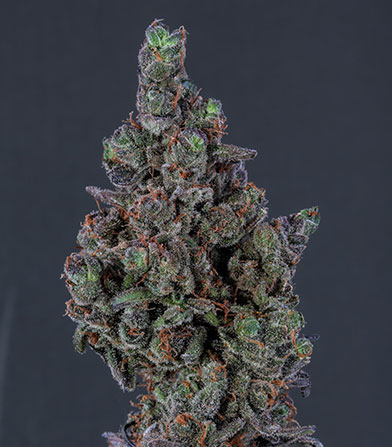Absorb
Plants take up (= absorb) nutrients and water through the roots.
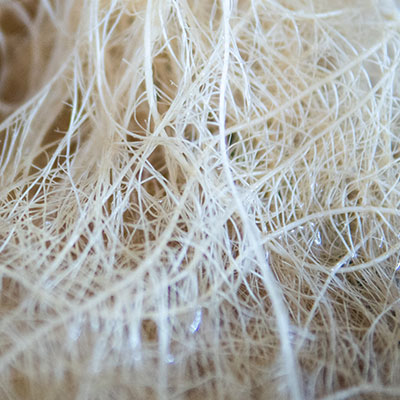
Aeroponic
Aeroponic is also called root spray culture. It involves spraying the root zone of the plants with nutrient solution using fine nozzles. As a result, the roots receive a lot of oxygen and plants develop quickly with this method, providing high yields. Aeroponic growing systems require a high level of control and need regular cleaning and maintenance. Aeroponic systems are available for cuttings that allow particularly rapid growth and root development (e.g. X-Stream) and there are aeroponic systems for the growing and flowering phase, i.e. for large plants (e.g. AeroFlo 10).
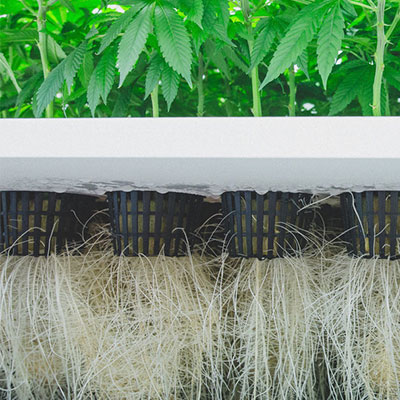
Afghani Strain
The Afghani Strain is a very resinous short-growing indica from Afghanistan, originally and until today cultivated for the production of hashish. It has a sweet, earthy aroma and a deeply relaxing and calming effect accompanied by euphoria. This strain is often used by patients for insomnia, pain and stress. Afghani genetics are present in numerous very popular cannabis strains worldwide. The strain has been used to breed famous classics like Northern Lights or Blueberry. It is well suited for indoor growing because the plants remain rather small. The flowering period lasts only 8 weeks.
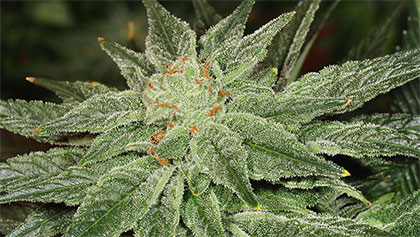
Air Layering
Air Layering is a special method for the production of cuttings. It involves rooting a cutting while it is still on the mother plant. The cutting is not cut from the mother plant until it has formed enough new and own roots. This cutting propagation method can also be used to root larger parts of a plant. This is difficult to impossible with cuttings that are immediately cut off from the mother plant, because this often does not ensure sufficient water supply. Cuttings rooted with the air-layering method have a significantly higher chance of survival than other cuttings.
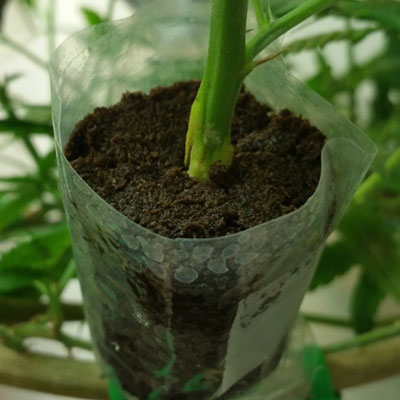
Activated carbon filter
Cannabis plants emit an intense distinctive odor, especially during flowering and increasingly as maturity approaches. Activated carbon filters connected to the exhaust fan are the safest and easiest way to eliminate odors. The activated carbon filter absorbs odor molecules and other air pollutants.
There are a few things that need to be taken into account so that the filter can work properly:
1. the humidity must not exceed 55%. At a relative humidity of 65-70%, the filter absorbs too much moisture and clogs.
2. the air should slowly flow out through the activated carbon filter (AKF).
3. use a pre-filter (fleece cover around the filter) and clean it with soap and water every 65 days. Every now and then the pre-filter should be replaced with a new one.
Further information on the subject of activated carbon filters and exhaust air can be found here:
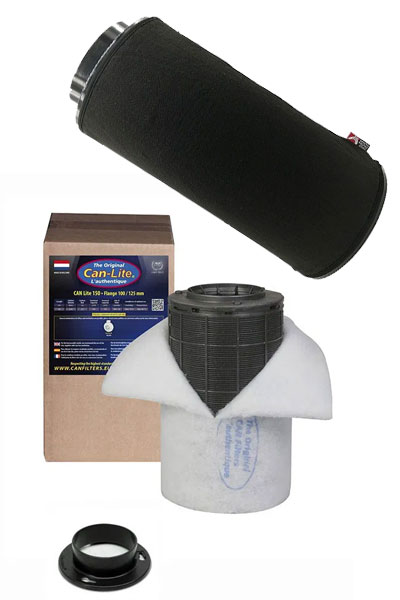
Alfalfa flour
Alfalfa meal is rich in nitrogen and is used as a fertilizer in organic cannabis cultivation. It contains an average of 2.5% nitrogen, 5% phosphorus and 2% potassium.
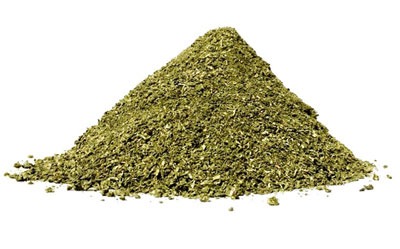
Algae
In organic farming, various types of algae and products containing algae are used as fertilizers. Seaweed is an important source of organic fertilizer and is considered a type of algae. Among other things, it contains alginic acid, which is useful for plants. In hydroponic cultivation, the appearance of algae is rather an unwanted side effect. If you do not do anything against the algae, they continue to spread.
You can learn more about algae and its use in grow here:
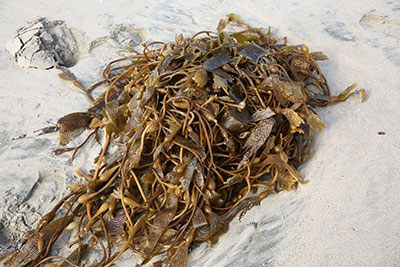
alkaline
The soil is alkaline when the pH is above 7.
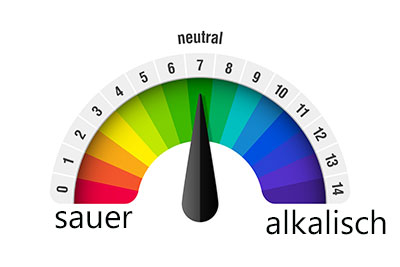
Amps (A)
Ampere is the unit of electrical current.
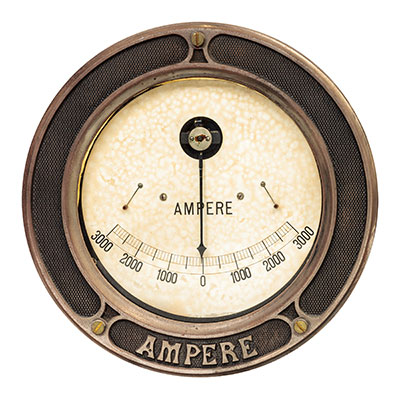
Cultivation cubes
Cultivation cubes are used for germination of seeds and rooting of cuttings. They can be made of pressed coconut substrate, of Rockwool or other organic pressed fibers. Some growing cubes are already pre-fertilized. They are convenient to use and save some time.
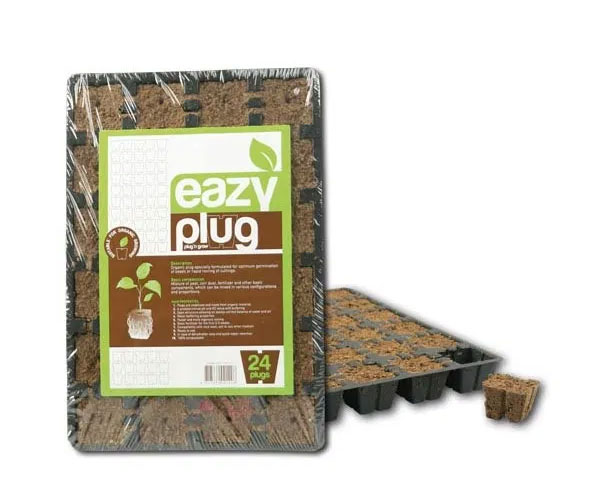
Aroma
The aroma of cannabis is created by the terpenes in the plant. Different cannabis strains have very unique flavors due to their terpene profile. The terpenes are secreted in the same resin glands of the plant as the cannabinoids. The aromatic and pungent oil is produced most by female cannabis plants. Pollinating insects are supposed to be attracted to it. If the female plant remains unpollinated, it releases even more terpene-rich resin. Against some harmful insects, the intense scent also has a repellent effect.
The aroma of a plant is determined not only by genetic characteristics, but also by many external factors. These include: the climate, the soil, the water, the light supply, nutrients and age of the plant. So far, more than 100 different terpenes have been found in cannabis plants, in varying amounts and compositions. That is why each plant has its own individual aroma.
More than 100 different terpenes have been identified in the cannabis plant. The different percentages of terpenes in the plant give each strain its unique and distinctive aroma. Many strains such as Blueberry, Cheese and Sour Diesel are named after their aromas.
More on the topic of terpenes:
Terpenes in cannabis and their interaction with cannabinoids
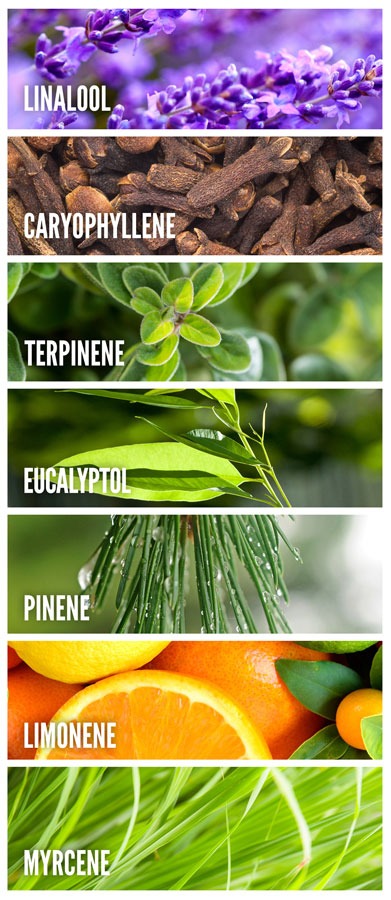
Breathing
The roots take up oxygen from the soil. The stomata on the leaves take up carbon dioxide from the air.
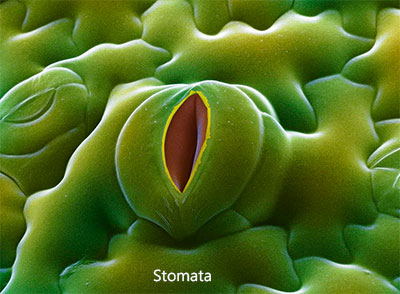
Autoflowering
Autoflowering cannabis strains do not start flowering depending on the light time. After a certain age, usually between 4-6 weeks, the flowering starts automatically. The ability of a cannabis plant to flower automatically is genetically determined. The advantage of autoflowering varieties is that they are ready to harvest 10 weeks after germination, regardless of the light time.
More information about autoflowering can be found here:
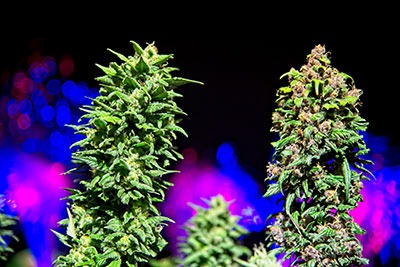
Auxins
Auxins refer to plant hormones responsible for length growth of twigs, branches, and roots. Among the many types of auxins in the auxin family of plant hormones, indole-3-acetic acid (IAA) is the most influential natural plant auxin, followed by IBA (indole-3-butyric acid). Growers who know where auxins are primarily found in the plant can use them to manipulate growth behavior. For example, if the upper tip or bud of the plant is removed, thereby also eliminating IAA produced in this area, flowers and branches further down will become more vigorous and larger as a result.
More info:
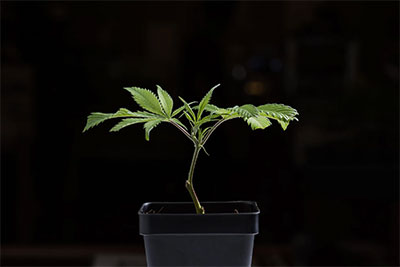
Acapulco Gold
Acapulco Gold is a cannabis strain originating from Mexico. The strain is predominantly sativa, with about one-fifth indica genetics. Acapulco Gold was named after the region it originates from. That is near the Pacific coast of the Mexican state of Guererro near the town of Acapolco de Juarez. The flowers often get a golden color after drying, which explains the name. The THC level of this strain is usually above 20% and the effect is both physical and mental. Acapulco Gold is a popular strain that is now rarely found.
